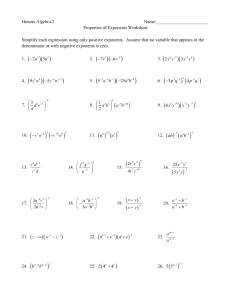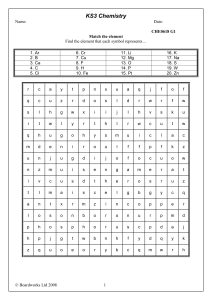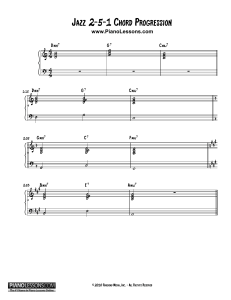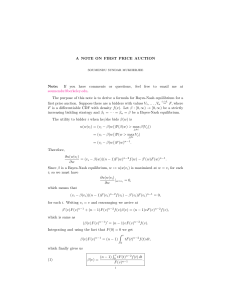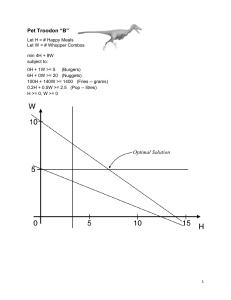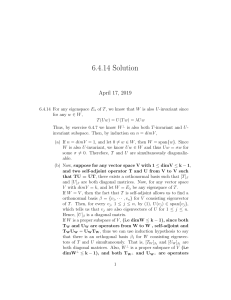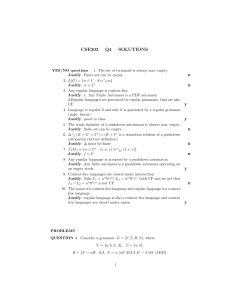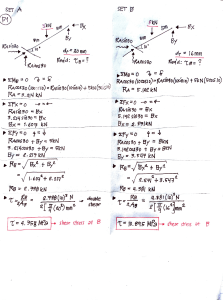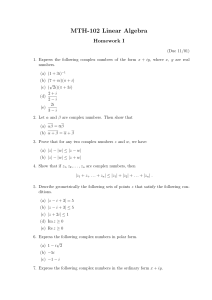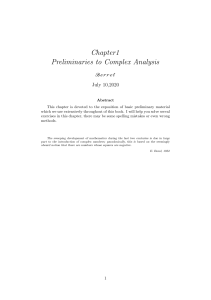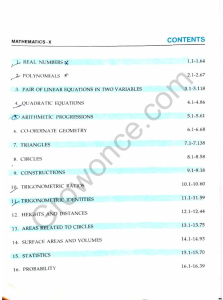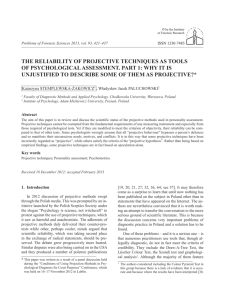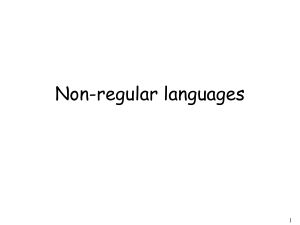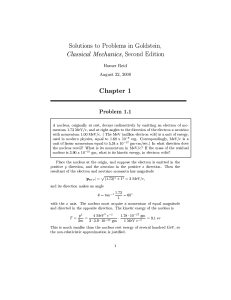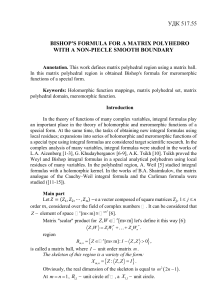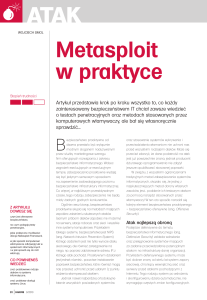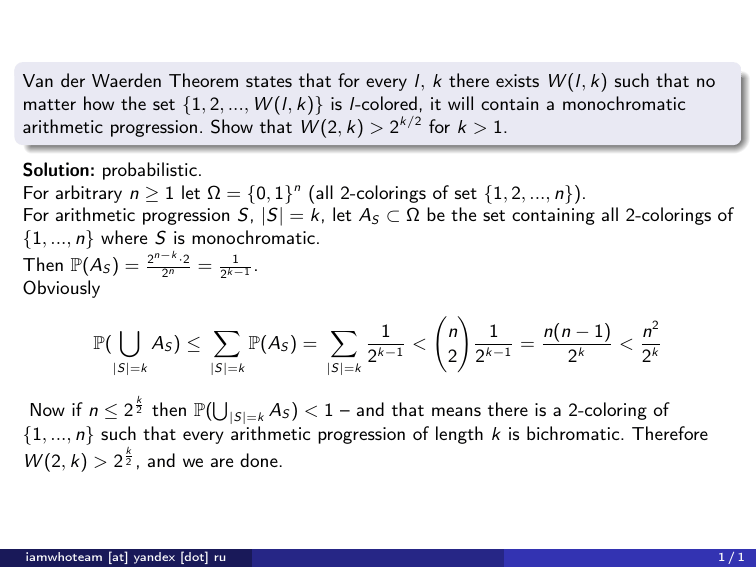
Van der Waerden Theorem states that for every l, k there exists W (l, k) such that no
matter how the set {1, 2, ..., W (l, k)} is l-colored, it will contain a monochromatic
arithmetic progression. Show that W (2, k) > 2k/2 for k > 1.
Solution: probabilistic.
For arbitrary n ≥ 1 let Ω = {0, 1}n (all 2-colorings of set {1, 2, ..., n}).
For arithmetic progression S, |S| = k, let AS ⊂ Ω be the set containing all 2-colorings of
{1, ..., n} where S is monochromatic.
n−k
1
Then P(AS ) = 2 2n ·2 = 2k−1
.
Obviously
!
X
X 1
[
n(n − 1)
n
1
n2
P(AS ) =
<
=
< k
AS ) ≤
P(
k−1
k−1
k
2
2 2
2
2
|S|=k
|S|=k
|S|=k
S
k
Now if n ≤ 2 2 then P( |S|=k AS ) < 1 – and that means there is a 2-coloring of
{1, ..., n} such that every arithmetic progression of length k is bichromatic. Therefore
k
W (2, k) > 2 2 , and we are done.
iamwhoteam [at] yandex [dot] ru
1/1
